When we analyzed how 25 leading organizations—including BASF, Deutsche Bahn, Novartis, thyssenkrupp—actually implement AI in HR, a clear pattern emerged: It wasn't about the technology. It wasn't about the budget. It was about execution.
The difference between organizations shipping measurable value and those stuck presenting endless slides comes down to a single, replicable value creation pattern.
The Research Foundation: What Data Revealed
Our comprehensive study, validated by 151 HR and AI professionals across leading organizations, uncovered something remarkable. While most HR teams focus on identifying AI opportunities, the successful ones focus on something entirely different: translating insights into shipped products that people actually use.
The data tells a compelling story. Companies achieve:
- 50% productivity gains in HR Operations roles, first impact within 90 days
- 32% faster time-to-hire (from 38 to 26 days) by treating talent acquisition as a product
- 96% user adoption of AI-powered tools in just three weeks
- €1.4M annual cost savings potential per HR Operations Specialist role alone (30,000 employees company)
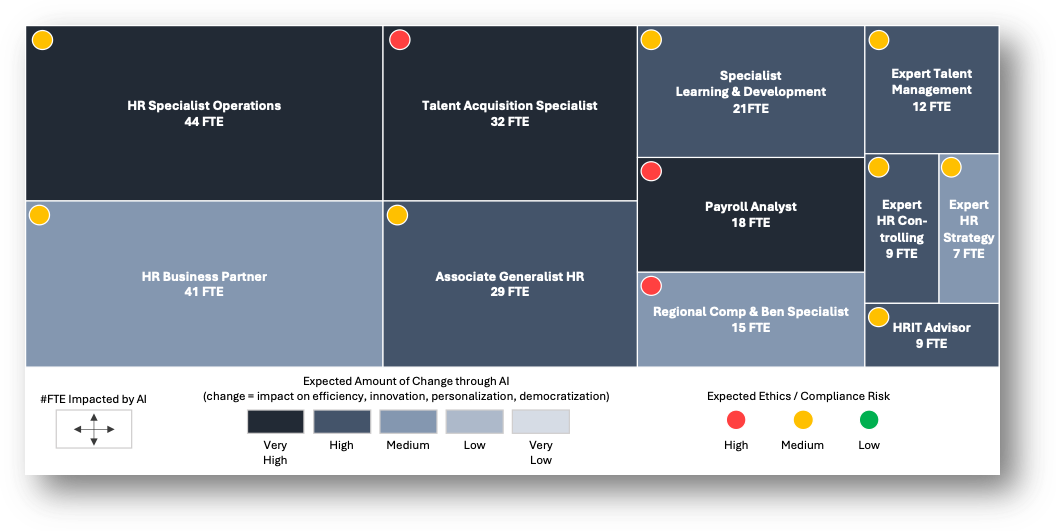
But here's what surprised us most: The technology wasn't the differentiator. The value creation model was.
Beyond Efficiency: The New HR Value Creation Model
The winning HR organizations discovered that AI creates value in ways traditional ROI calculations miss entirely. Yes, there are impressive efficiency gains—our research shows AI can free up 32% capacity in analytics roles and 50% in operations roles. But the real transformation happens when that freed capacity enables entirely new services.
Let’s take the example of a global engineering firm that didn't just automate tasks—they redesigned their entire talent acquisition experience. By treating hiring managers and candidates as customers, not administrative burdens, they reduced time-to-hire by a third while dramatically improving the candidate experience. The secret? They applied product management principles, not just process optimization. And they used AI as automator, augmenter, and assistant.
Extrapolating the talent acquisition example, the company envisions an AI-enabled, product-oriented HR model that looks like this (anonymized):
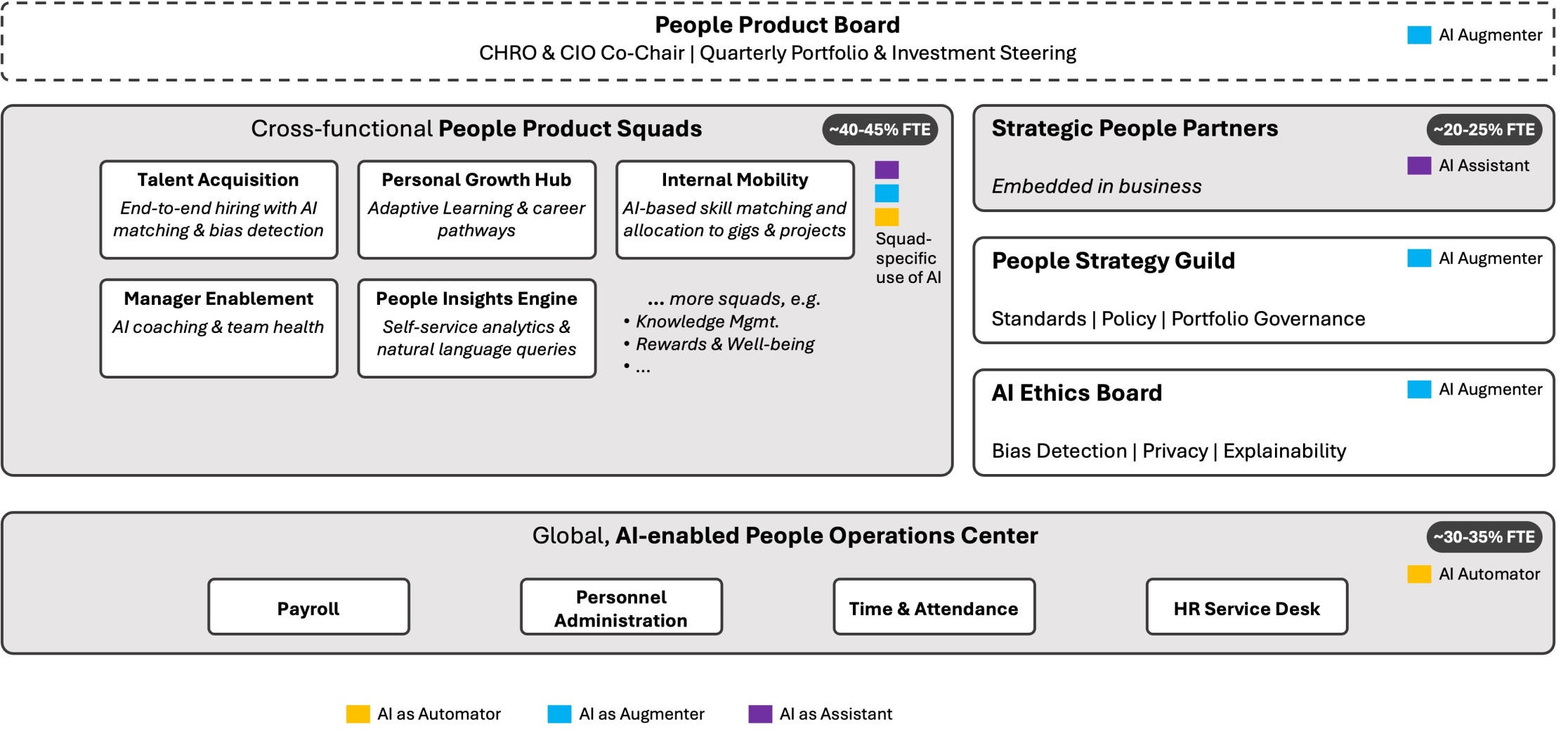
The Value Creation System That Actually Works
After studying successful and stalled implementations of versions of such an AI-powered HR model, we identified the four-module system that consistently delivers results:

- Module 1: Research - Moving beyond pain points to understand actual user needs. One company discovered their "time-consuming administrative work" wasn't about automation—it was about fragmented systems creating unnecessary handoffs.
- Module 2: Product Management - Treating HR services as products with clear value propositions, user-focused metrics, and two-week iteration cycles. This isn't HR speak—its proven methodology borrowed from technology companies that scale successfully.
- Module 3: Hackathon Sprint - Instead of 18 months of committee meetings, successful organizations compress decision-making into 48 hours. A manufacturing company in Germany used this approach to design, test, and approve an enterprise-wide chatbot, including compliance clearance and ROI validation. The result? A ‘go’-decision scaling the solution to cover all topics, all populations by 2027, with break-even projected within 12 months.
- Module 4: Change & Scale - Coaching 1-2 model teams to full adoption while meticulously tracking usage, cycle times, and user sentiment. The key insight: adoption is everything. Without it, even the most sophisticated AI is worthless.
The 48-Hour Decision Engine
The Hackathon Sprint deserves special attention because it solves HR's biggest AI challenge: alignment paralysis. Traditional approaches get bogged down in stakeholder management, compliance reviews, and technical feasibility studies that stretch for months.
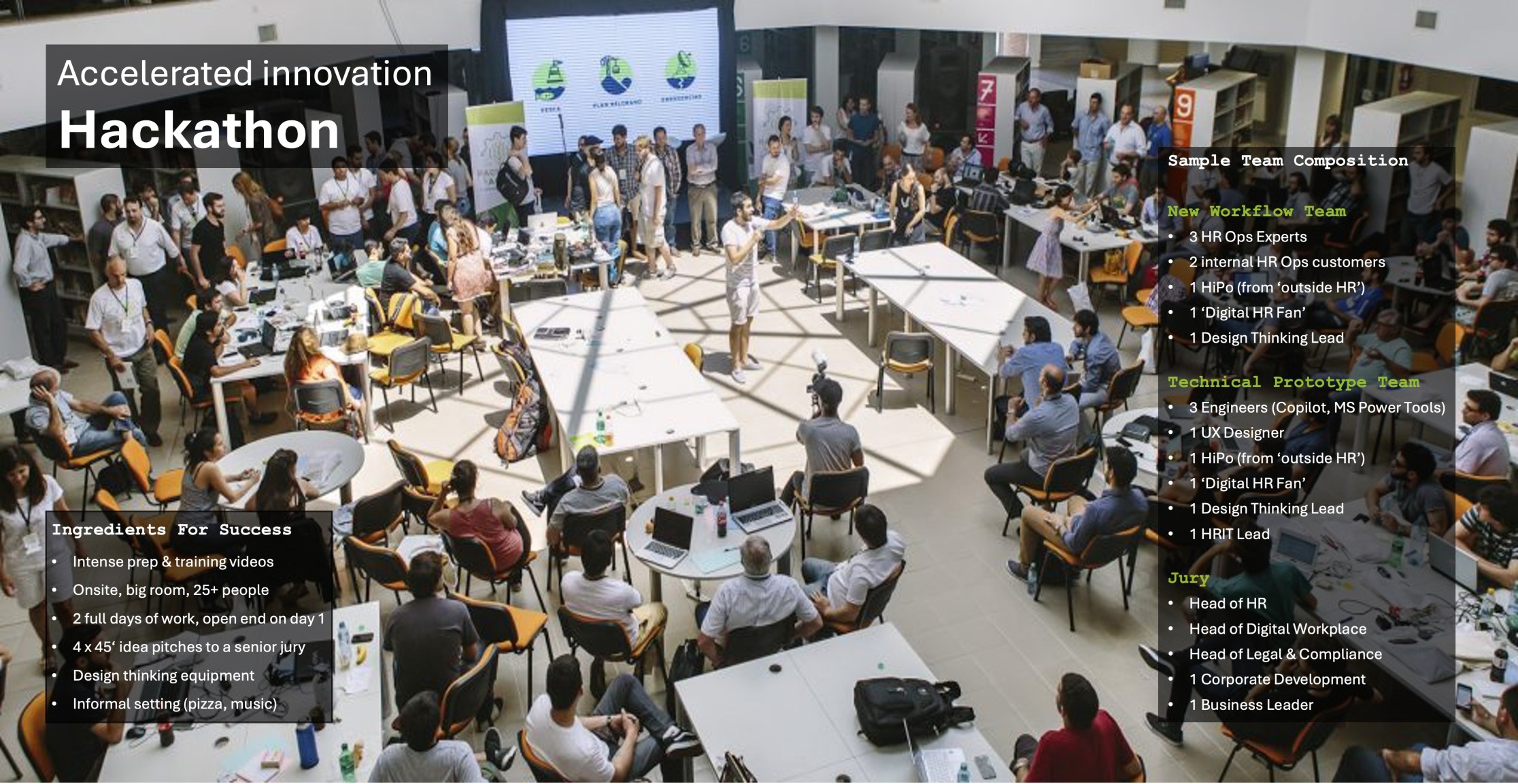
Smart organizations flip this script. They bring HR, IT, legal, security, and business leaders into one room with actual users and working prototypes. In 48 hours, cross-functional teams build, test, validate compliance, estimate ROI, and make go/no-go decisions.
The results speak for themselves: Organizations using this approach report 95% faster time-to-implementation compared to traditional approaches. More importantly, they build momentum that carries forward into full-scale implementation. And very simply put, they learn how to deal with AI.
Success Factors That Keep the System Running
Three enablers separate sustained success from one-time wins:
Start Role-Specific - Don't try to transform everything at once. Begin where AI can move a visible needle—typically HR Operations or Talent Acquisition—then expand systematically.
Obsess Over Adoption - One organization reached 96% hiring manager adoption of their AI scheduler in three weeks. Their secret? They optimized relentlessly for user experience, not technical features.
Measure What Matters - Track adoption rates, and its biggest driver: The removal of work friction for managers and employees. Remember: a perfect AI tool that nobody uses creates zero value.
In 90 Days From Assessment to Action
The pattern is clear, and it's replicable. The question isn't whether AI will transform HR—it's whether your organization will lead or follow.
- If you lack clarity on where to start: Begin with Module 1 (Research) to prioritize by user need and quantified value potential. Our AI Impact Assessment can provide role-specific insights for your organization in just 48 hours.
- If product orientation hasn’t found its way into HR: Module 2 (Product Management) will set up the foundations, with focus on just one, AI-enabled HR product platform, and with a product manager to own it.
- If you have identified opportunities but lack momentum: Run Module 3 (Hackathon Sprint) on your top two use cases. The intensive, cross-functional format breaks through alignment barriers that stall traditional approaches.
- If you have working prototypes but low adoption: Focus on Module 4 (Change & Scale) with clear adoption metrics and user-centered optimization.
The Bottom Line
The organizations winning with AI in HR aren't just automating existing processes—they're fundamentally reimagining how HR creates value. They start small, move fast, and scale what proves valuable to actual users. A very realistic, conservative, staggered business (parameters: 30,000-employee organization, focus on two HR roles, positive ROI in year 1) can look like this:
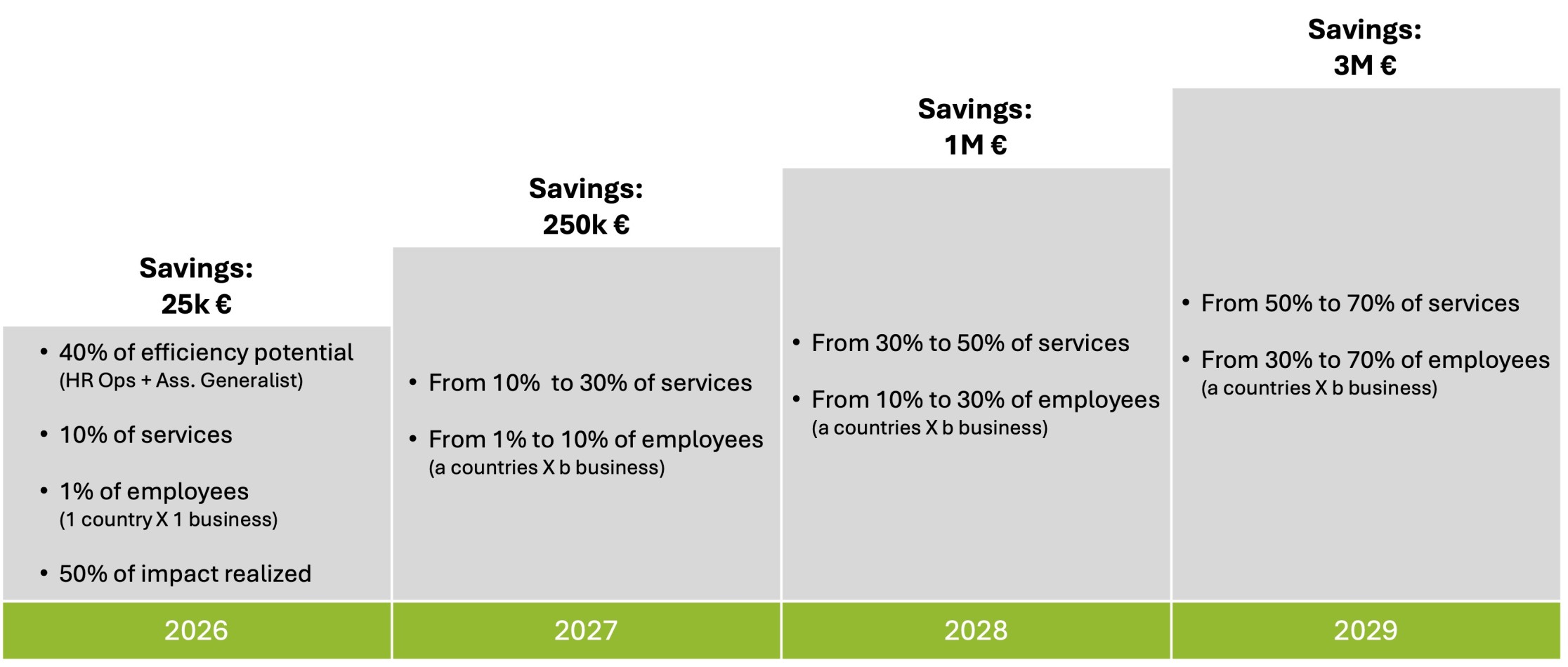
The methodology exists. The case studies are proven. The remaining question is: Which approach will define your organization's AI journey—systematic, staggered execution or hopeful experimentation?
What's your organization's biggest barrier to moving from AI assessment to AI results? I'd be interested in your perspective.
.svg)

.webp)

.png)

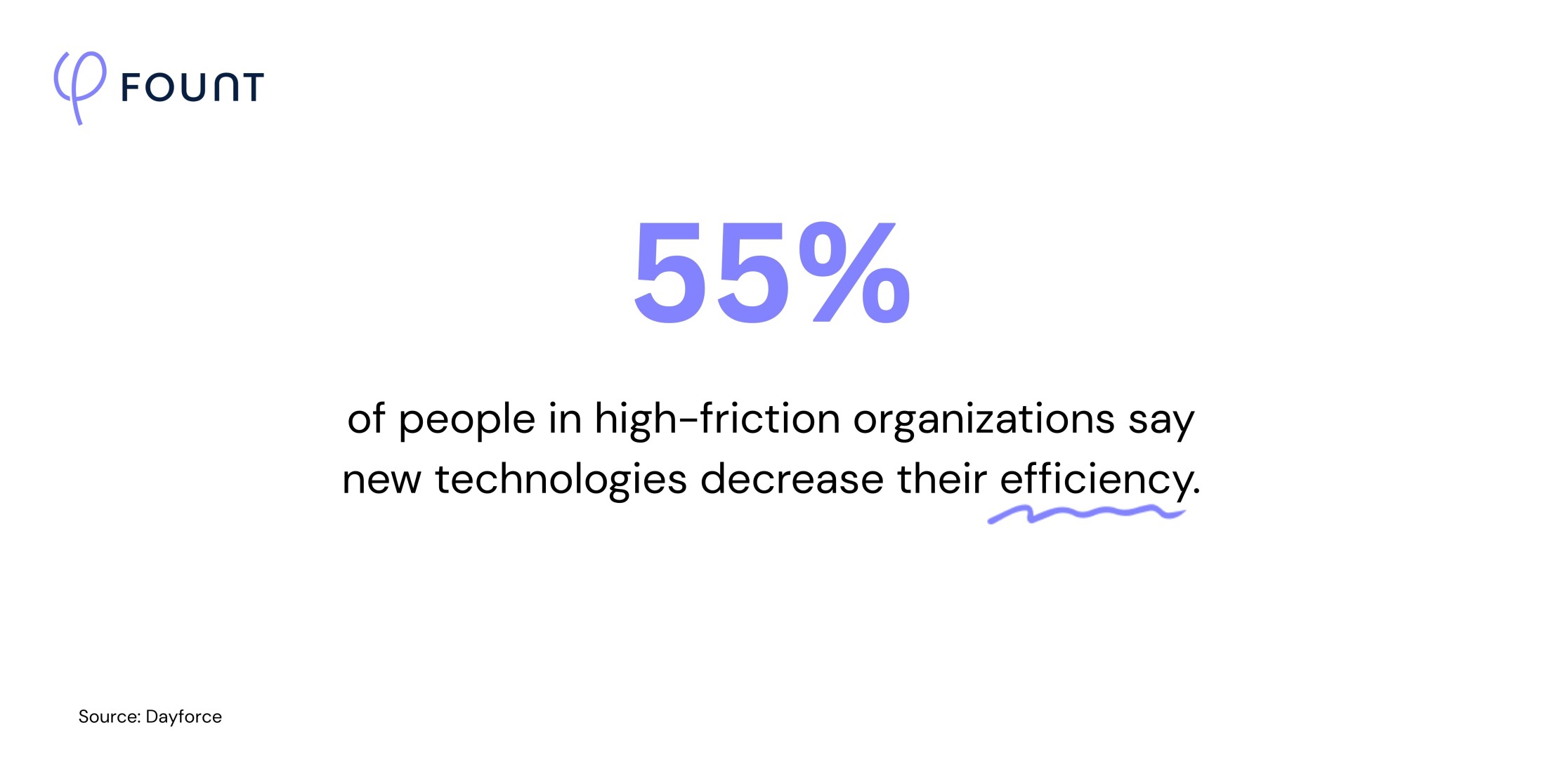

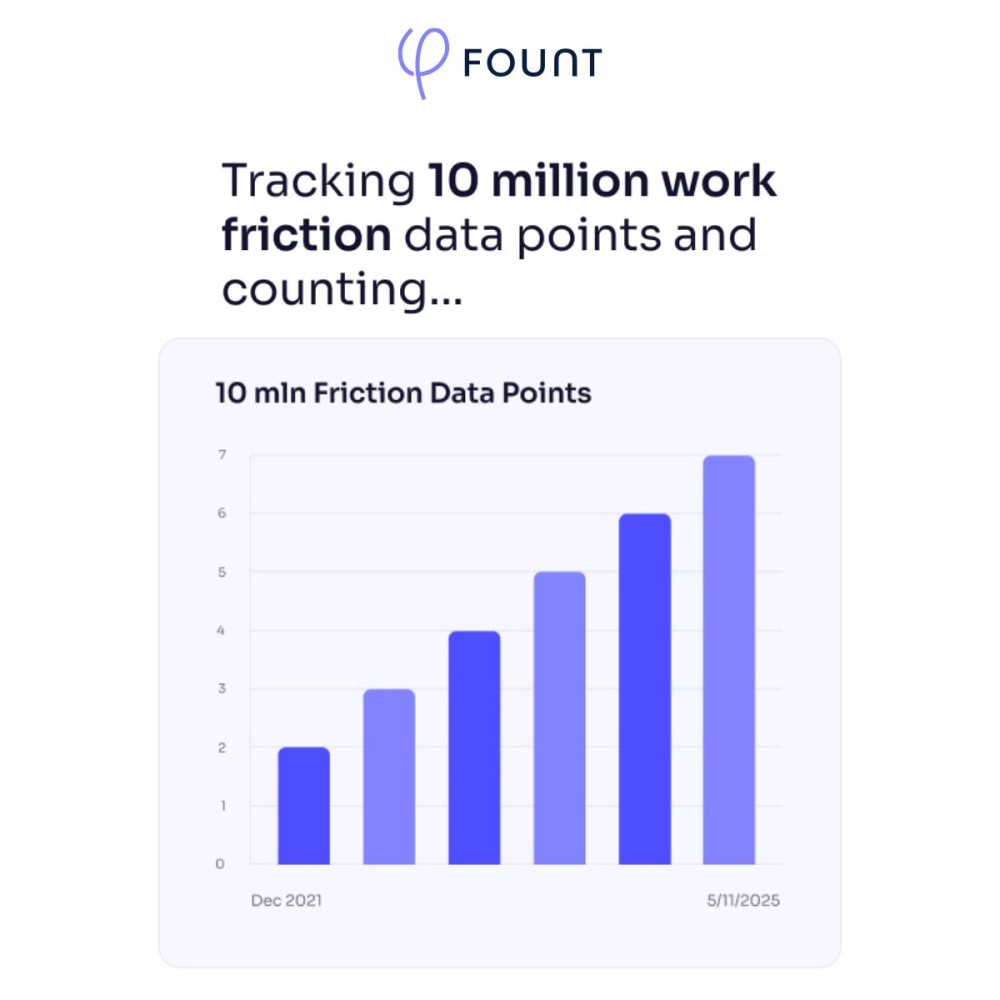
.svg)
.svg)